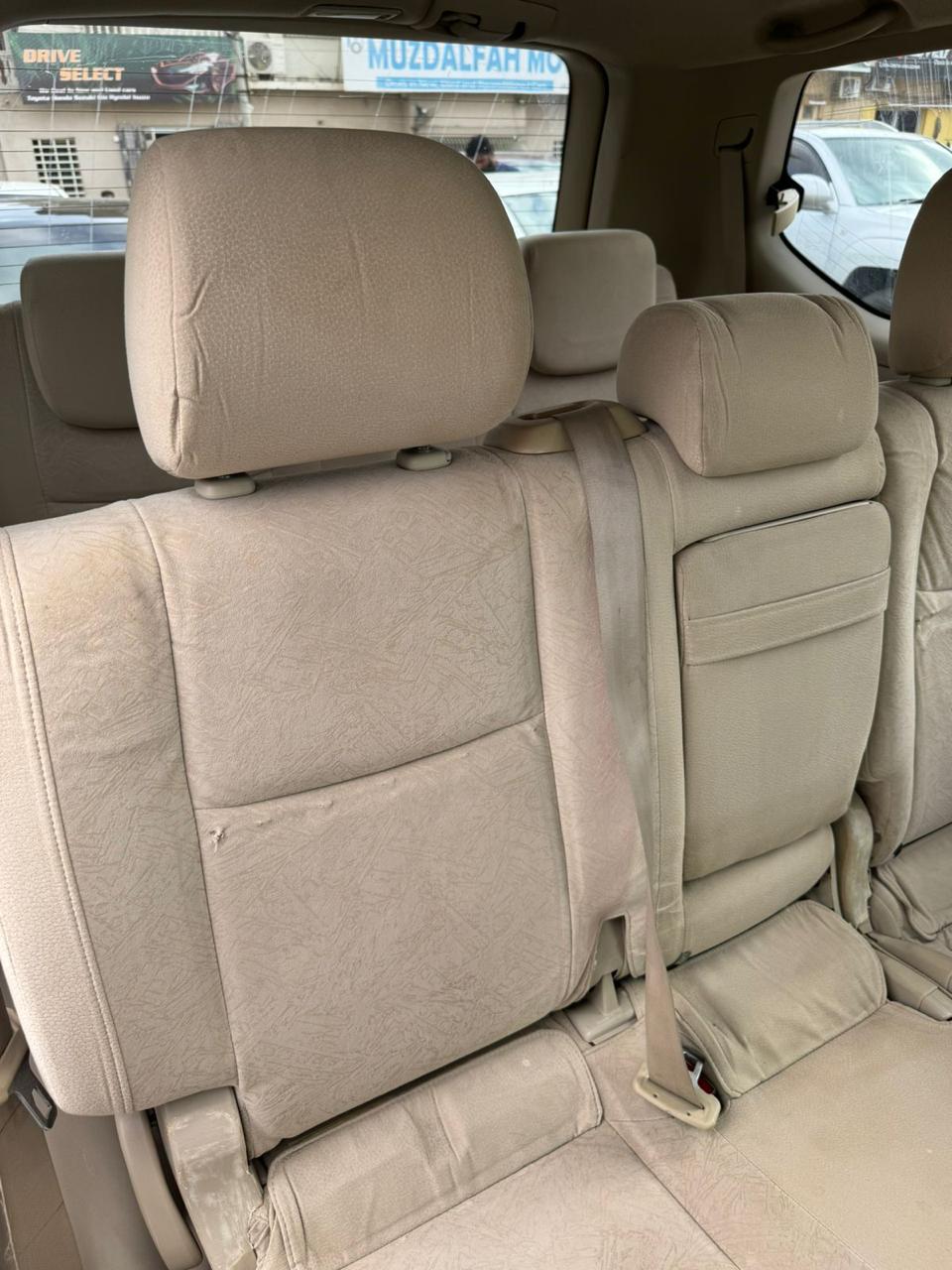The Evolution of Car Bidding: From Traditional Auctions to Online Platforms

The world of car buying has undergone significant changes over the past few decades. One of the most noticeable shifts has been in the way cars are bought and sold through bidding. Traditional car auctions, once the primary method for securing vehicles, have been gradually replaced—or at least supplemented—by online platforms, bringing with them a host of new advantages and challenges. This transformation reflects broader trends in e-commerce and technology that have reshaped the automotive industry.
In this blog, we’ll explore the evolution of car bidding, from its origins in physical auctions to the modern-day online platforms that are revolutionizing the way cars change hands.
1. The Traditional Car Auction: A Classic Approach
For centuries, traditional car auctions have been the preferred method for both buyers and sellers looking to exchange vehicles. These auctions were typically held in large auction houses or at designated venues, where vehicles were physically displayed and bid on by interested parties.
How Traditional Car Auctions Worked:
-
Physical Presence: Buyers and sellers had to be physically present at the auction site. The auctioneer would announce the start of bidding, and participants would raise their paddles to place bids.
-
Inspection: Potential buyers had the opportunity to inspect the cars in person, which allowed them to evaluate the condition, history, and value of each vehicle before placing their bids.
-
Auctioneer: An auctioneer would lead the event, guiding the process and calling for higher bids until the highest bidder won the car.
-
Limited Reach: Traditional auctions were often local, and bidders had to travel to participate, which limited the pool of potential buyers and sellers.
While traditional car auctions provided a more hands-on experience, they also had certain limitations. The ability to view cars in person and interact with auctioneers were advantages, but the reach was confined to those present at the auction. This made it difficult for buyers and sellers in different regions or countries to engage in the bidding process.
2. The Rise of Online Car Bidding Platforms
As the internet began to permeate all aspects of daily life in the early 2000s, the car auction industry followed suit. Online car bidding platforms emerged, offering a more convenient and accessible way for people to buy and sell cars. Websites like eBay Motors, AutoTrader, and more specialized platforms like Copart and Manheim revolutionized the traditional auction model.
How Online Car Bidding Works:
-
Virtual Auctions: Car auctions are now conducted entirely online, with all vehicles listed on websites where buyers can browse, inspect (virtually), and place bids from anywhere in the world.
-
Remote Participation: Bidders no longer need to be physically present. They can bid from the comfort of their homes or offices, and often, they can do so at any time of the day or night, rather than being restricted to a specific event schedule.
-
Detailed Listings: Online platforms typically provide in-depth information about each car, including photos, videos, service history, and condition reports. Buyers can assess the car’s value and condition remotely without needing to see it in person.
-
Global Reach: Online platforms connect buyers and sellers from different parts of the world, breaking down geographical barriers. This has expanded the market for both used and new cars, increasing competition and offering more variety for buyers.
This transition to online platforms opened up new opportunities for both buyers and sellers, with expanded access, lower fees, and the ability to bid on vehicles across larger distances. However, the online shift also introduced challenges such as the inability to physically inspect cars before purchasing, reliance on sellers’ honesty regarding vehicle condition, and increased competition from global markets.
3. Advantages of Online Car Bidding
The move to online car bidding has brought with it several benefits that have greatly enhanced the car-buying and selling experience. Here are some of the key advantages:
-
Convenience and Accessibility: Bidders can participate in car auctions from anywhere, at any time. This removes the need to travel long distances or schedule time off to attend in-person auctions.
-
Wider Selection of Vehicles: Online platforms offer a much larger variety of vehicles. From rare collector cars to everyday used cars, buyers have access to a broad range of options from across the world.
-
Transparency and Information: Many online car auction platforms provide detailed information about each vehicle, such as high-quality images, inspection reports, and maintenance history. This allows buyers to make more informed decisions before bidding.
-
Lower Costs: Sellers on online platforms often benefit from lower fees compared to traditional auction houses, which can make it easier to secure better deals for their vehicles.
-
Streamlined Process: The bidding process on online platforms is typically faster and more efficient. With automated bidding features, buyers can easily place bids within their budget, and the auction can continue without interruption.
4. Challenges of Online Car Bidding
While online car bidding has plenty of advantages, it’s not without its challenges. Here are some considerations for both buyers and sellers:
-
Inability to Inspect the Vehicle in Person: The most significant drawback of online car auctions is that buyers cannot physically inspect the car before placing a bid. Though sellers may provide detailed descriptions and high-quality images, it’s still a leap of faith for the buyer.
-
Scams and Fraudulent Listings: The anonymity of the internet can open the door to fraudulent activity. Buyers must be cautious and ensure they are using reputable platforms and dealing with trustworthy sellers.
-
Shipping and Delivery Costs: While the global reach of online car auctions is a significant advantage, it can also lead to high shipping costs, especially if the vehicle is located far away.
-
Competition and Price Inflation: As more buyers can access an auction, bidding wars can drive prices higher than expected. While this may be good for sellers, it can sometimes make it harder for buyers to find affordable options.
5. The Future of Car Bidding
Looking ahead, the future of car bidding seems to be increasingly digital. Innovations in augmented reality (AR), virtual reality (VR), and blockchain could further transform the online car auction experience by enhancing virtual inspections, ensuring more secure transactions, and verifying vehicle histories.
-
AR and VR: These technologies could allow potential buyers to view cars in 3D, providing a more immersive and realistic experience when inspecting vehicles online.
-
Blockchain: The use of blockchain technology could bring greater transparency to the auction process, ensuring that vehicle histories and transactions are securely recorded and verified.
With continued advancements in technology, car bidding will likely become even more efficient, secure, and user-friendly, further shifting away from the traditional physical auction model.
Conclusion
The evolution of car bidding from traditional auctions to online platforms has significantly changed the way cars are bought and sold. While the traditional model offered a more personal, hands-on experience, the rise of online platforms has democratized the auction process, offering buyers and sellers greater convenience, variety, and access to a global market.
Though there are still challenges—such as the inability to physically inspect vehicles or the risks of fraud—the benefits of online car bidding make it an attractive option for many. As technology continues to evolve, the online car auction space will likely grow even more sophisticated, offering an even more seamless and secure buying experience.




